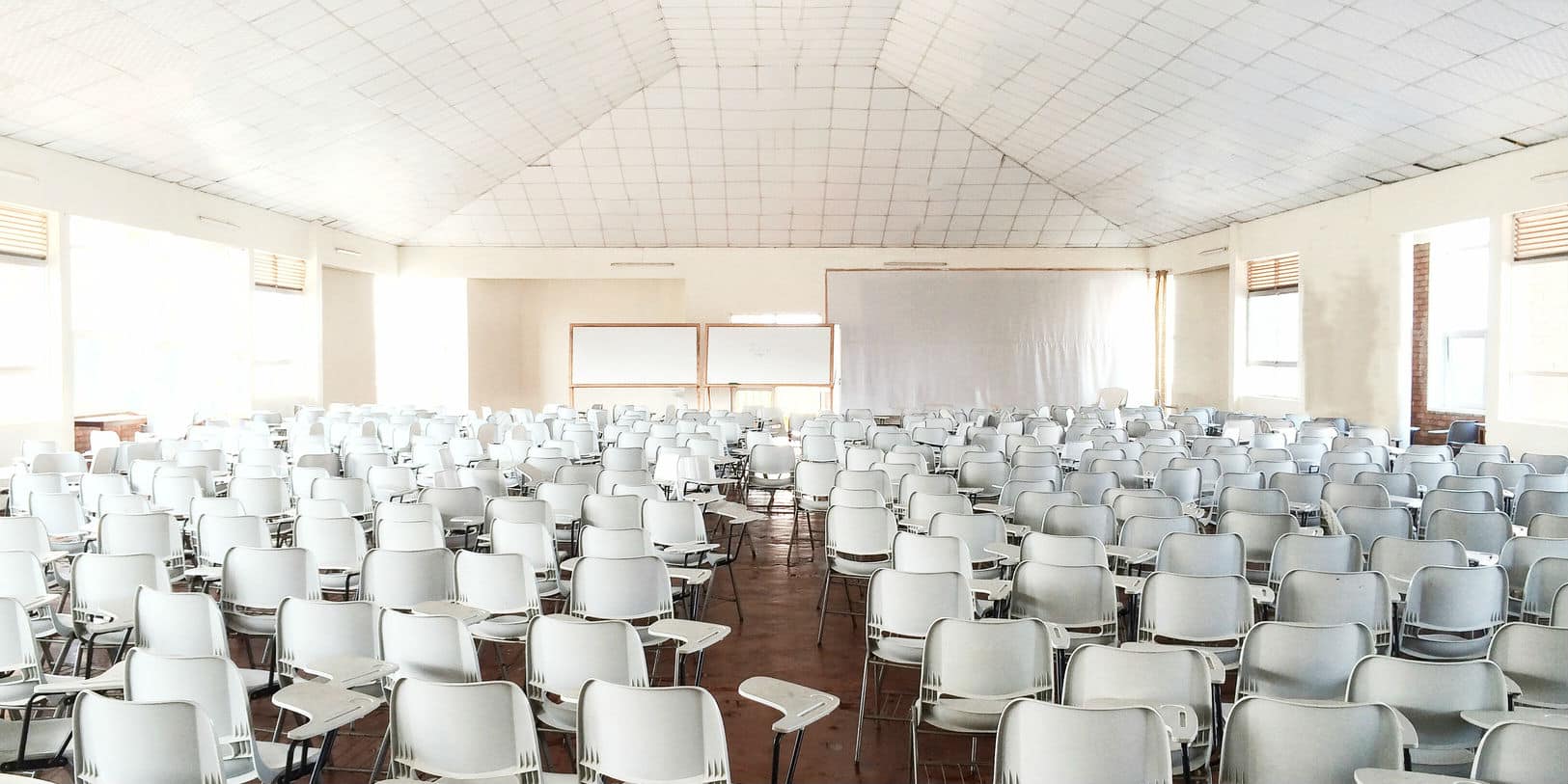Higher education regulation is failing America, and the costs may well be no less than those paid for the regulatory errors that led up to the financial crisis, an era that holds lessons for higher education.
Seven million Americans are now in default on their student loans—a number comparable with the five to 10 million Americans who lost their homes during the subprime mortgage crisis. Many more are paying off their student debts, but are stuck in low paying jobs because their degree is worthless or because they didn’t complete their programs. The biggest group of Americans suffering from the crisis in higher education, however, is those who haven’t gone to college at all—either because of the high costs or a lack of availability; these potential students remain nonconsumers, shut out of American higher education entirely.
A design with fatal flaws
In 1989, the federal government created the Office of Thrift Supervision (OTS) to regulate savings and loan associations (S&Ls)—small retail banks. The savings and loan crisis was in full swing at the time; shifts in interest rates meant that these small banks were paying depositors higher rates than what the banks could make off the loans they had issued. S&Ls attempted to plug the gaping hole in their business model with highly speculative investment strategies, which only made the crisis worse. The OTS was built to replace the regulators on whose watch the seeds of the crisis had been planted and initially, the OTS cracked down, overseeing the closure of hundreds of insolvent S&Ls.
The design of the OTS, however, had fatal flaws. Unlike many other federal agencies, the OTS wasn’t funded through the federal government. Instead, it received fees from the banks it oversaw. As the S&L crisis progressed—between 1989 and 1995, roughly one out of three S&Ls were shut down—the OTS saw its revenues plunge. Falling revenues meant staff cuts—the agency was losing talent as well as financial resources. In order to reverse the tide, the OTS changed tacks. Instead of drawing a tough line with the banks it regulated, the OTS began to be more “flexible.” It approved charters by many non-bank financial players. It began actively promoting itself as the regulator of choice for the industry, encouraging non-bank financial institutions to select the OTS as their regulator.
Why does the story of the tiny, now-defunct OTS matter? Because the ill-resourced and poorly incentivized OTS ended up “regulating” some of the worst actors in the 2008 financial crisis, including many of the mortgage lenders and, most expensively, AIG’s $1.6 trillion derivatives business, resulting in a $182 billion taxpayer bailout. While the OTS was originally designed to regulate S&L quality, its business model made it ultimately beholden to the institutions it regulated. Its actions to close failing S&Ls were the right call from a regulatory perspective, but they ended up laying the groundwork for the next financial crisis.
Higher education faces a similar issue
Although the federal government provides a nearly unlimited stream of funds to higher education in the form of federal student loans, there is no federally funded arbiter of quality in higher education. To receive federal money, an institution must be accredited by an agency recognized by the U.S. Department of Education—but similar to the OTS, all of those accrediting agencies are paid by the entities they regulate. Accreditors essentially serve institutions—not taxpayers or students. This creates distortions in higher education in three key ways:
- Accreditors have huge disincentives to protect the interests of students by calling out bad actors. Like the OTS, accreditors are funded by the organizations they regulate. Even beyond the OTS, however, accreditors literally are the organizations they regulate. In order to save money on staff—and keep costs low for regulated institutions—accreditors rely on “member evaluators” to carry out much of the work of accrediting institutions. Member evaluators, of course, are employees of member institutions. So accreditors aren’t just funded by the organizations they regulate, they are the organizations they regulate. As such, it should come as no surprise that accreditors have been slow to revoke accreditation from bad actors in higher education. Weak schools, from ITT Tech to Corinthian Colleges, have been accredited prior to their collapse, and accreditors signaled no problems with their operations to the marketplace.
- Accreditors serve the interests of their member institutions by limiting market access for new entrants. Traditional institutions maintain a monopoly on federal funds because accreditors get to determine which organizations qualify as degree granting institutions. This monopoly has created a huge number of stumbling blocks for non-traditional institutions, including online providers, competency-based institutions, and bootcamp-type organizations. The losers are students, who face limited choices and high costs.
- Accreditors avoid market transparency. To the public, accreditation is a binary game—institutions are either accredited or not, able to access federal funds or not. There is no more detailed information provided to the public or to prospective students. Although there is some degree of information evidenced in who the accreditor is—regional is best, national accreditors are seen as lower quality—for the most part, detailed information on accreditation evaluations is not shared with the public. ACICS, perhaps the worst offender among the roughly three-dozen accreditors that have power over Title IV funds, and the agency responsible for propping up Corinthian and ITT, is in the process of being shuttered by the U.S. Department of Education. But there is no evidence that the practices of other accreditors are any better—partly because accreditors are notably tightlipped about their evaluations and their process.
The OTS was shut down in 2011, after its failings were fully revealed—and paid for by U.S. taxpayers. Higher education, unlike the financial markets, isn’t likely to erupt in sudden and systemic failure. But over time, the numbers of students directly affected by low-quality education—and the concomitant debts associated with it—rival those displaced by the subprime crisis. The losses in terms of human capital and reduced economic activity may end up being just as large. We face huge costs by continuing to let accreditors greenlight bad actors, limit innovation, and keep students in the dark.
To be fair, accreditors aren’t responsible for every student in default or shut out of educational opportunities—just it’s unfair to lay every mortgage default or foreclosure at the feet of the OTS. Both higher education and the financial markets are complex systems with a series of structural issues. But like the OTS, accreditors don’t have the resources or the incentives to regulate higher education properly. Like the OTS, the accreditors are now in a role for which they were never designed. And like the OTS, the current accreditation system should be shuttered entirely—or constrained to its original purpose, which was to provide a peer review process to distinguish high-quality schools from others. Access to federal funds should be determined by the federal government—or by a new generation of quality assurance entities committed to avoiding the conflicts of interest that corrupt accreditation today.
The article originally appeared on eCampus News.
For more, see:



